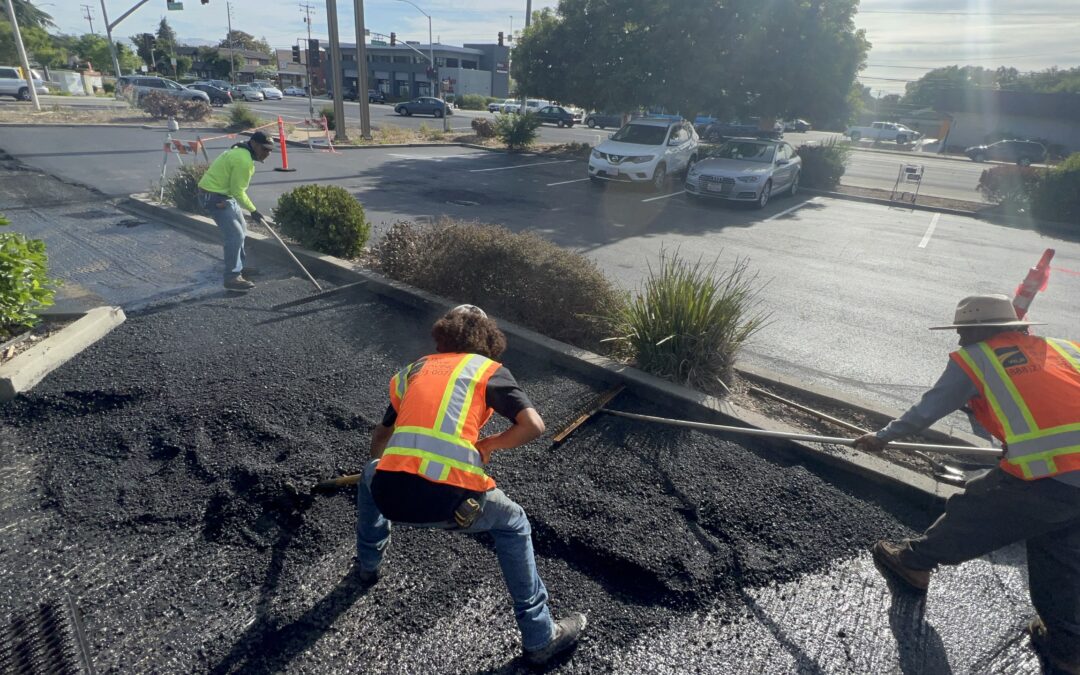Paving season is a pivotal period in the construction industry, demanding careful planning and consideration to ensure successful project execution. Understanding the ideal timing for paving is essential for contractors and project managers alike, as it significantly impacts project outcomes. Let’s delve into the factors that influence paving season and determine the best time to commence paving activities.
Climate and Weather Conditions
The timing of paving season is closely linked to the climate and weather conditions prevailing in a specific region. In areas characterized by cold winters, paving season typically unfolds during the warmer months, spanning from late spring to early fall. The frigid temperatures of winter can impede the curing process of paving materials like asphalt or concrete, potentially compromising the integrity of the final product. Moreover, snow and ice accumulation pose logistical challenges, hindering surface preparation and equipment operation.
Conversely, regions blessed with warmer climates may experience more extended paving seasons, with favorable temperatures conducive to year-round paving activities. However, in locales with high humidity levels, paving operations may be strategically scheduled during cooler months to mitigate issues related to moisture interference, which can impede the curing process.
Type of Paving Material
The choice of paving material significantly influences the timing of paving season. Asphalt paving, for instance, necessitates warmer temperatures ranging between 50-85 degrees Fahrenheit for optimal curing and adhesion to the underlying surface. Therefore, paving with asphalt is typically reserved for seasons with moderate to warm temperatures. Conversely, concrete paving offers greater temperature flexibility, accommodating a broader range of temperatures spanning from 40-90 degrees Fahrenheit. This versatility allows for more flexibility in scheduling paving projects, albeit with attention to specific temperature requirements for pouring and curing.
Consultation and Planning
While general guidelines exist for paving season timing, it’s imperative to consult with experienced contractors to determine the optimal schedule tailored to local conditions and project requirements. Qualified professionals possess invaluable insights into regional climate patterns, material characteristics, and project-specific considerations, enabling informed decision-making regarding paving timing.
Conclusion
In summary, paving season unfolds during the warmer months of the year, with nuances dictated by regional climate, weather conditions, and the selected paving material. By aligning paving activities with optimal timing and leveraging expert guidance, contractors can maximize project success and deliver superior outcomes. Effective planning and collaboration ensure that paving endeavors proceed smoothly, resulting in durable, high-quality infrastructure that meets the needs of communities and stakeholders alike.

